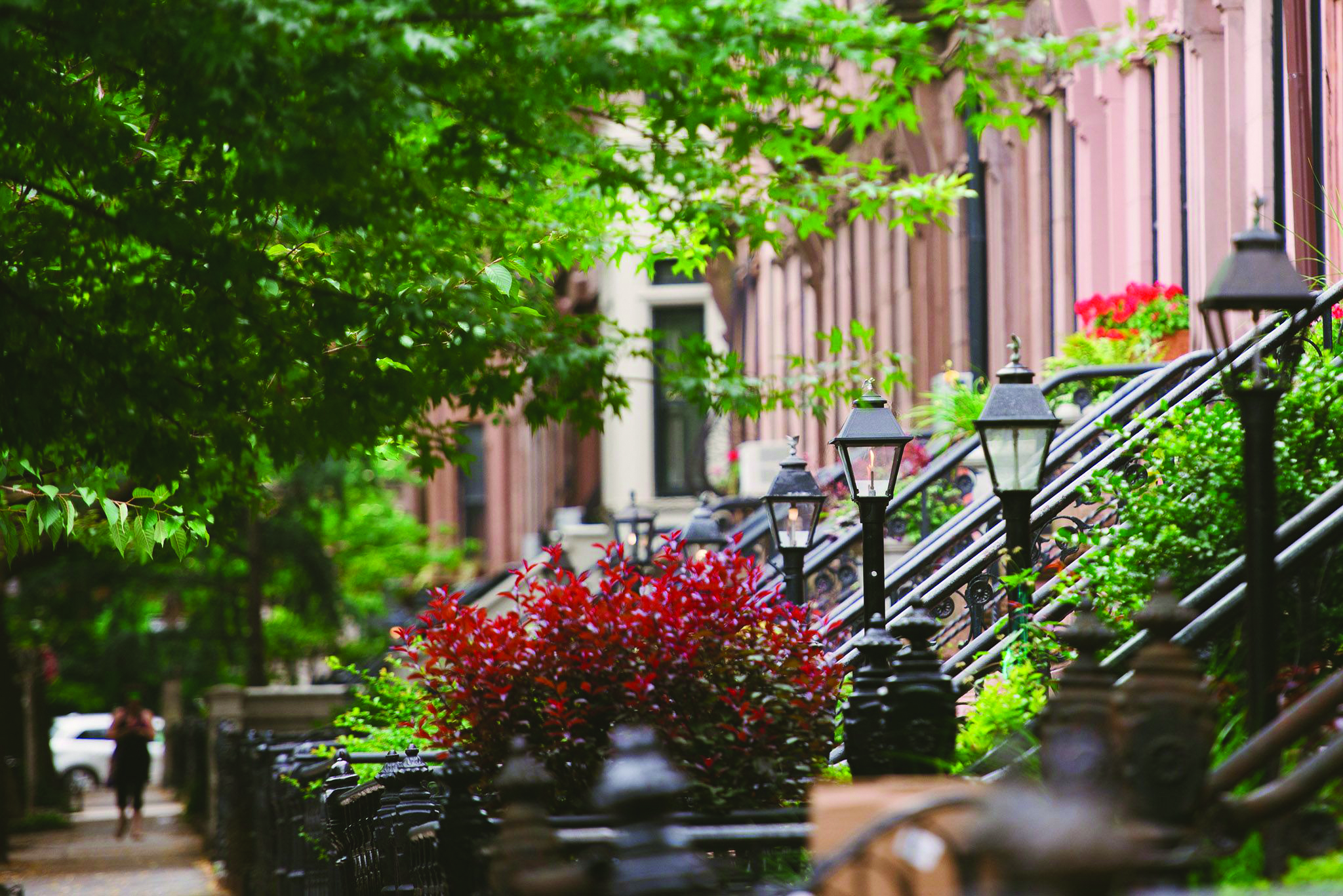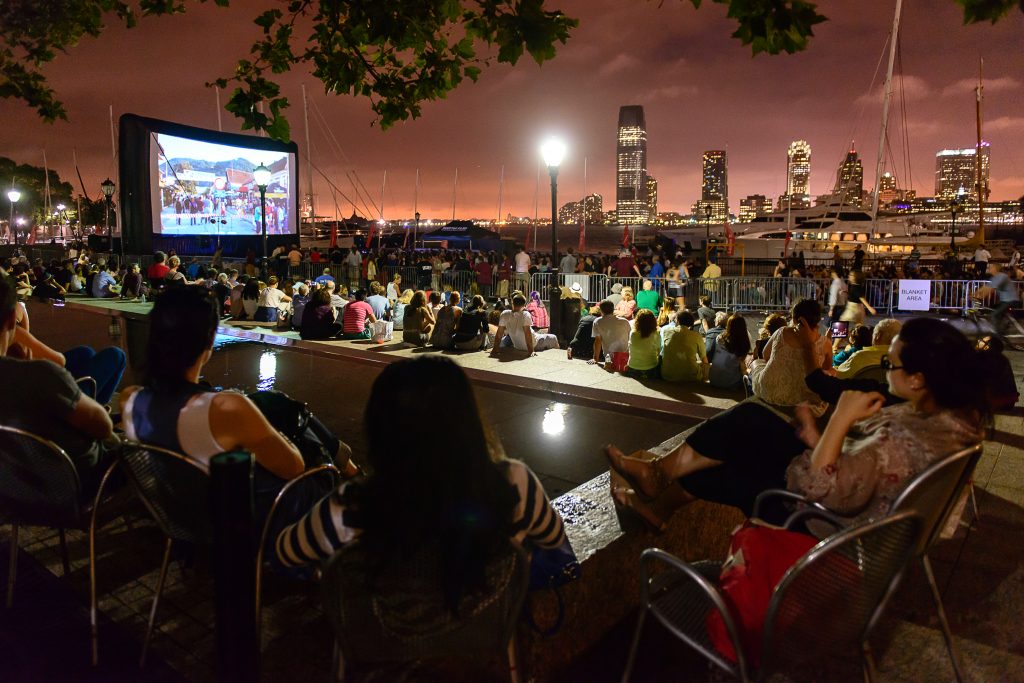
5 Ways To Find A Home That Works For You And Your Budget.
You love living in Park Slope. What’s not to love? There’s a reason people flock to the Slope – the park (obvs), the schools, the architecture, to name but a few – so it’s not surprising that property prices have consistently risen over time and rocketed over the past couple of decades. So, what’s a Park Sloper to do when they want to put down some roots and buy a place in their neighborhood only to find that while they’ve been able to afford to rent there, buying isn’t so easy? Finding yourself priced out of the neighborhood you love is a hard pill to swallow, and let’s not forget, this isn’t just a buyer’s problem, but something also faced by renters, particularly when they’re wanting to upsize, needing more space for a growing family or just outgrowing that studio that seemed perfectly big enough back in the day but feels like living in a matchbox now that they’ve accumulated the stuff of life.
Well, while I can’t spot you the extra cash you need to find your Park Slope paradise – sorry, I would if I could – there are alternatives I can share for those who are willing to think outside of the box and move out of walking distance to the Food Coop. Or maybe Park Slope is somewhere you can stay, just not in the way you’d originally envisaged.
Here are 5 tips for finding an affordable home that ticks your boxes without ticking off your bank manager.
1. Be Willing To Extend Your Commute.
While a longer commute might not be your idea of a fun time, it’s a sure-fire way of increasing your chances of finding a property that you can afford. Spending more time on the train (or whichever method of transport you prefer) might feel like a headache right now, but speaking from experience, it really only takes a good book or podcast (is anyone else loving Crime Junkie as much as I am?) to while away the extra time, and having recently moved out of Park Slope myself, the additional 20 minutes I’ve added to my ride into my office has all been worth it for me to come home every night to my dream home, a 4-bedroom 2-story house with finished basement in a gorgeous part of my new neighborhood. Plus, my house (along with its large garden and deck), cost me around the same as a 2 bedroom co-op in Park Slope and my mortgage, insurance and taxes come to within $3 of what I was paying in rent for my 3-bed apartment by Prospect Park. I kid you not. For me, it’s been a no brainer. I’ve really found my happy place (plus I still get to come to work in Park Slope every day, so I’m still getting my fix of Slope life). And, thanks to that extra train time, and always getting a seat from my station, I’m really getting through a TON of books.
For those of you willing to put a few extra miles between you and the office, you might want to check out one of Street Easy’s top 10 places for first-time buyers to buy in Brooklyn – Bay Ridge (my new neighborhood, replete with very affordable and beautiful townhouses and lovely co-op buildings overlooking the water), Midwood (GORGEOUS Ditmas park style wood frame houses which are much more affordable) or maybe East Flatbush (the area around Brooklyn College has some beautiful properties). Sunset Park, Kensington, Ditmas Park, and Ocean parkway are also great – Sunset Park, in particular, has some very affordable co-ops surrounding the park as well as much cheaper Brownstones and rentals. Plus, a number of these neighborhoods, unlike Park Slope, are showing signs of appreciating in value and are far from topping out. Bay Ridge homes for example, went up an average of 3.8% last year according to Zillow, and are forecast to increase by another 4.1% this coming year. During the same time period, median home prices in Park Slope dropped by 8% and are forecast another drop of 3.5% in the next 12 months.
2. Try Before You Buy.
Try to put aside any pre-conceived ideas you may have about more affordable neighborhoods. Time was back in the 90s, that it was almost unheard of to ride out of Manhattan to Brooklyn – ‘Brooklyn? Where’s THAT?’. There’s a reason the pioneers back then who were willing to take a shot on an ungentrified Brooklyn neighborhood like Park Slope (I’m sure you’ve all heard the stories – drug dealers and prostitution on 5th avenue, Prospect Park too dangerous to step foot in), have made a ton of money on their properties. They took a calculated risk, did without trendy bars and restaurants on their doorsteps for a few years, held on to their homes despite the ups and downs of the property market over the last two or three decades, and… it worked out.
So, if you find yourself saying ‘oh, I could NEVER live in (insert whichever neighborhood here)’, while at the same time not having spent any time in said neighborhood, I challenge you to go and hang out there for a little while. Plan yourself a Sunday tour, stop in at some open houses, go and get brunch at a local eatery, stroll the streets, check out the parks, talk to locals – ask them what it’s like living there. I promise you, you may surprise yourself. My husband had never even been to Bay Ridge before (I’m not actually sure he’d even heard of it) when we went to see a townhouse we were interested in there. He arrived at the showing before me and texted me, saying simply ‘Oh. My. God. Amazing’. My 20+ year Manhattanite fell in love with both the neighborhood and the property on the spot.

And here’s the really smart part. If you’re pleasantly surprised at how much you like a more affordable (but maybe further out) neighborhood, remember, nothing is set in stone. Even if your ultimate aim is to buy, you can always put that on hold for a year by renting instead. Call it a trial run. This is a particularly smart move if you need to sell your place to be able to buy your next home, as while purchases contingent on selling first are more and more common in the current buyer’s market, not having to sell first, and therefore having more flexibility on when you can move, gives you more leverage as a buyer. Putting the proceeds of your sale in a high interest brokerage account or CD for a year while you rent something in the neighborhood you’re considering buying in, will not only result in your future down payment earning you a little (or a lot) of extra dough in interest to put towards your move, but you may be able to save even more money by renting a place in a cheaper neighborhood. By the same token, renters willing to take a risk on cheaper new digs, stand to save money which they too can put toward a down payment should they choose to buy. And, if the experiment ends with you deciding against making a purchase, so be it. At the very least you’ve saved some extra money and are better positioned to make a purchase now you can be more flexible.
3. Be Flexible, And Look For A Home With Flexibility.
I recently helped some clients secure a very affordable 2 bedroom co-op which had been easily converted, due to the dual aspect windows of one of the large bedrooms, into a 3 bedroom apartment, while still being priced as a 2 bedroom. Putting a new wall up and fitting a door, costs WAY less (likely less than $10,000) than buying a place with an extra bedroom and is a simple job, which most co-ops or condos will approve without any problem.
You might also want to look at a lower duplex with a recreation room. These are not too hard to find, and give you the option, again, of using the rec room as an extra bedroom. Again, as the lower level is not ‘legally’ a bedroom, you’ll find these apartments are a cheaper option as below-grade space has a lower price per square foot. Plus, you’ll often find that the price tag includes some outdoor space too.
If you’re looking for an apartment rather than a townhouse, and are looking to save money a co-op apartment has significantly lower closing costs and losing some amenities like a doorman or elevator will lower the sticker price too. Being flexible about your wish list is also a wise move. I recently found some clients of mine what they now refer to as their dream home. It didn’t deliver on one of their main requirements though: a parking spot. When I first met with them, they were insistent that they would not consider a property without parking, but ultimately? They fell in love with a home without parking, saved money (have you SEEN how much a parking spot costs these days??) and found a way to make it work. If parking’s important to you too, maybe think about renting a spot nearby if you find a home that ticks everything else on your list. No storage in your building? Try a company like Make Space, who are really reasonably priced, will pick up what you want to store and give you one hour’s free delivery per month to pick up or deliver items from your home as your requirements for what you have or want in storage change. At the end of the day, the more flexible you can be, the more homes you’ll find that could work for you with prices that work for you too.
Another option is to buy a property with income producing possibilities. A two-family home with a double duplex or duplex plus floor through apartment gives you the option for renting a unit out and while a bank will not necessarily approve you for a mortgage based on the rent you ‘could receive’ (you have to factor in vacancy periods or the possibility of a tenant defaulting on their rent, for instance), a bank may be willing to lend you more which certainly gives you more options. This can be particularly helpful if you’re looking to buy a cheaper fixer upper as you have the option to move into one of the units while renovating the other, removing the need for remaining in your current home while the renovation takes place and avoiding having to pay two mortgages at once. That’s just no fun.
4. Don’t Wait For The Market To Bottom Out.
There’s no denying it, the market has been softer this year, with minimal rises in property prices, and in some neighborhoods, median prices seeing decreases of a few percentage points. Buyers definitely have the upper hand right now, and money is cheap to borrow with interest rates hitting lows not seen for a long time. So why are they not buying?
Well, some sellers have not quite got the memo about the change in the market and are resolutely continuing to ambitiously overprice their properties, leading to their homes stagnating on the market (and ultimately seeing big price reductions). This, in some ways, supports the argument that the market may continue to fall, although in reality, properties that are presented well (the current market has zero-tolerance for imperfection) and priced correctly rather than aspirationally, are continuing to sell quickly and often at above asking price. Yet still, buyers are slow to react and slow to offer.
What I’m hearing from buyers is that their trepidation on pulling the trigger is being exacerbated by the idea that the market will continue to fall, that recession may be looming (although the idea of a 2008 redo with a housing market crash is repeatedly rejected by many economists and business leaders ) and that therefore, rather than putting their best foot forward and making an offer, they’re watching the market, trying to anticipate how much lower prices may fall and hoping to avoid paying too much for a property that might be worth less next year.
But here’s the thing. Let’s say there is a recession. Well, although this may impact housing prices (and nobody has a crystal ball as to how much), banks are also likely to be less generous with their lending criteria and it may become more difficult to get a loan. The other thing that buyers aren’t realizing is that there isn’t really a reason to wait. If you’re worried a property you’re interested in might lose value the longer this market continues, here’s what you do: MAKE A LOWER OFFER. It’s not rocket science. And here’s the good news. If a property has been on the market for a while, it’s much more likely that you’ll be able to negotiate a sales price under the asking price, or maybe you’ll be able to have the seller contribute towards or pay transfer taxes or closing costs. If you don’t ask you won’t know. But what I will tell you, is that without making an offer, you risk missing out on that home you’re watching, as you’re either going to be pipped to the post by someone who’s not so risk-averse (and has that lower offer accepted), or a timely price reduction by the seller might lead to a bidding war.
5. Work With A Buyer’s Broker.
First: they’re FREE (their commission is paid by the seller). Second, it’s their job to know the market (including neighborhood and building pricing variations), to anticipate price reductions and therefore identify properties where lower offers might be more acceptable to sellers, to structure and negotiate offers in creative ways to save you as much money as possible and to utilize their contacts within the brokerage community to find homes that might not even be on the market, or which you may not have considered.
And that’s not all… Once you do have an accepted offer, they’re there to guide you through due diligence and beyond to closing, making recommendations for attorneys, inspectors, contractors and more. Find something during an inspection that needs fixing? Your buyer’s broker can get you estimates for work and renegotiate the sales price, or a closing credit to pay for it. It’s really a no brainer considering their services have already been paid for and they really take the stress out of the whole process. You’ll especially thank me for this advice if you buy a co-op and realize what an enormous undertaking putting together a board package is (it’s part of your broker’s job to do it, and you’ll be VERY happy about that!).
Ultimately, as I’m sure it’s clear by now if your budget is stretched to find the kind of property you want, or where you want it, something. Has. To give. But the good news is that in my experience, compromising on something that at first feels essential is often not as painful as you’d expect. I’ve seen so many of my clients end up in properties they would never have thought they’d consider, in areas they’d never spent any time in prior to beginning their search and you know what? They’re all really, truly happy.
And by staying open to possibilities, you might be too.




